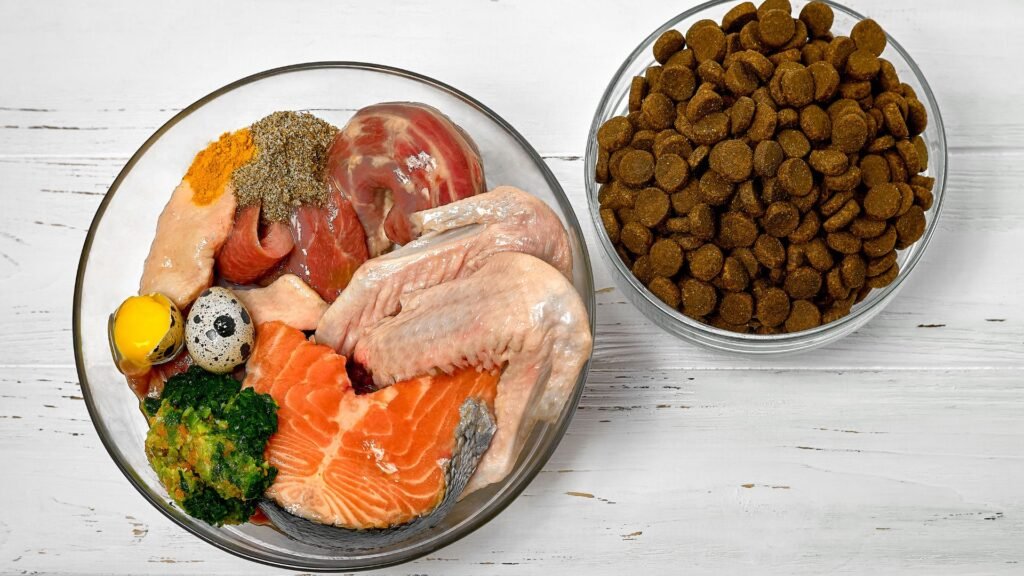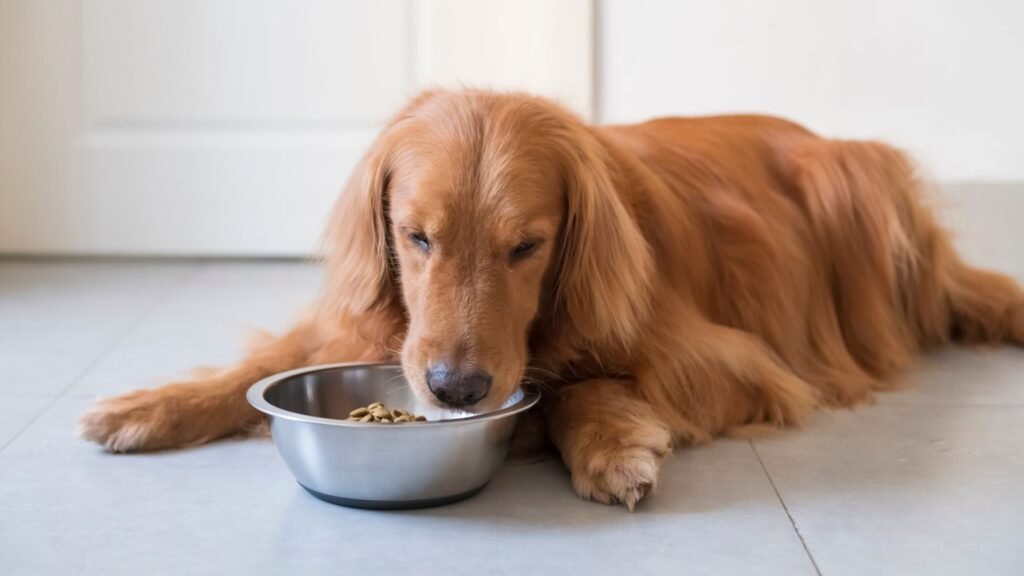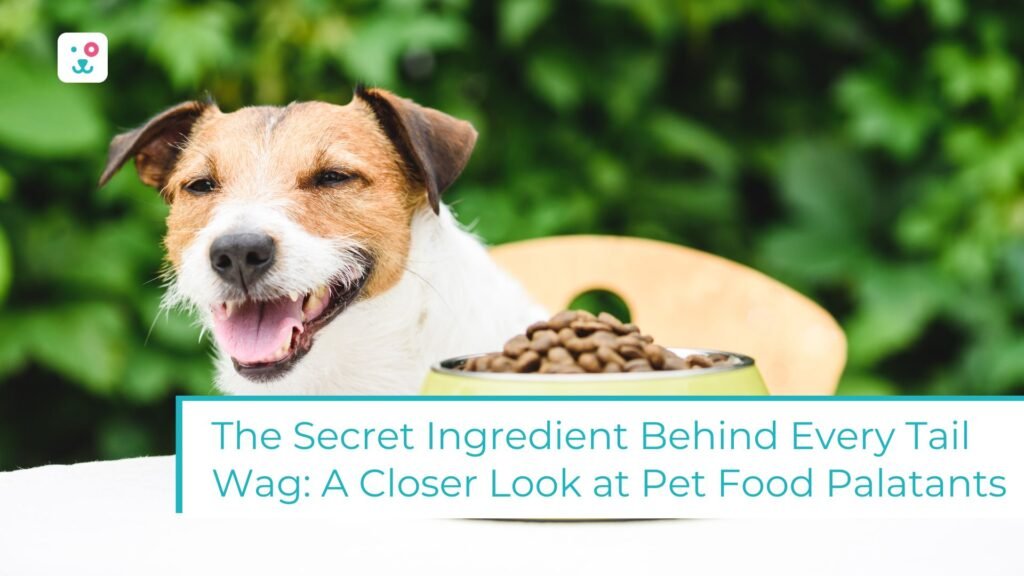In the highly competitive pet food market, quality nutrition alone is no longer enough. Whether you’re formulating kibble, wet food, or functional treats, there’s one invisible driver of brand loyalty that can make or break repeat sales: palatability.
That’s where pet food palatants come in — and if you’re a pet food manufacturer or ingredient buyer, understanding this category isn’t just important — it’s essential.
What Are Pet Food Palatants?
Pet food palatants are flavor enhancers that make pet food more appetizing — especially for picky eaters (we’re looking at you, senior cats). They’re usually applied as a coating on kibble or mixed into wet food or treats.
Palatants aren’t about masking poor quality. On the contrary — they enhance premium ingredients, trigger natural appetite responses, and ensure consistency in every bite.

What Are They Made Of?
Palatants are typically composed of:
- Animal-derived proteins (e.g. hydrolyzed liver, poultry digest)·
- Yeast extracts (for umami flavor)
- Fat coatings (beef, chicken, or fish oils)
- Natural aroma compounds
At ProfyPet, we develop both dry and liquid palatants tailored to species preferences (cats, dogs) and formula formats (extruded kibble, freeze-dried snacks, wet food).
Why Pet Food Palatability Matters
The global pet food market has evolved. Consumers expect more: functional ingredients, traceable sourcing, and yes — food their pets will love. Here’s why palatability is critical:
- Improved Acceptance
Especially important for:
- Medical diets
- Low-fat formulations
- Protein-limited recipes
- Repeat Purchases
Pet owners don’t reorder what their pets refuse to eat. - Reduced Waste
Less food refusal means fewer returns and less spoilage. - Enhanced Nutrient Delivery
If pets don’t eat, they don’t benefit from the nutrition — palatants bridge that gap.
Palatability by Region & Species
Not all palatants are created equal. Cats and dogs differ drastically in how they respond to sensory cues, and regional preferences also shape ingredient choices. For example:
Dogs respond well to umami-rich compounds and fat-based coatings.
Cats have specific receptor responses, often requiring meat-based hydrolysates and aromatic fish proteins.
European and North American buyers demand clean-label, natural palatants, often with no artificial flavoring.
Asian markets prioritize cost-effective palatants with strong aroma performance in small dosages.
At ProfyPet, we formulate for both performance and compliance, considering AAFCO, FEDIAF, and CFIA standards across all exports.
What to Look for in a Palatant Supplier
If you’re sourcing palatants for your pet food brand or factory, here’s what sets a great supplier apart:
| Criteria | Why It Matters |
| Customization Capabilities | You need species- and format-specific formulas |
| Tested Palatability Performance | In vivo trials or panel-based test data |
| Certifications | Compliance with food safety standards (ISO, FSSC, BRC, etc.) |
| Stable Supply Chain | Consistency in both volume and pricing |
| R&D Support | Ability to co-develop with your product team |
At ProfyPet, we not only offer turnkey palatant solutions, but also co-create with partners across the globe — from small-scale manufacturers to multinational pet food factories.

Final Thoughts: The Competitive Edge You Can’t See — But Pets Can Smell
The future of pet food isn’t just clean and functional — it’s irresistibly appealing. If your kibble is nutritious but gets sniffed and rejected, that’s money lost.
Investing in high-performance pet food palatability enhancers is not just a finishing touch — it’s a strategic business decision that boosts conversion, brand loyalty, and long-term margins.
Let’s put it this way: if you want tails to wag, ears to perk, and bowls to be licked clean — you need palatants.

